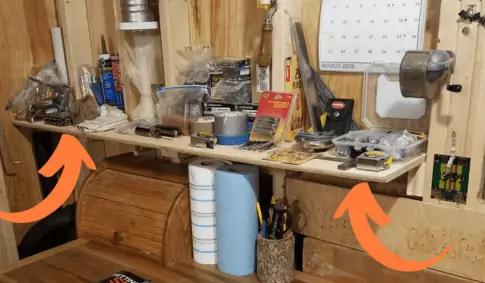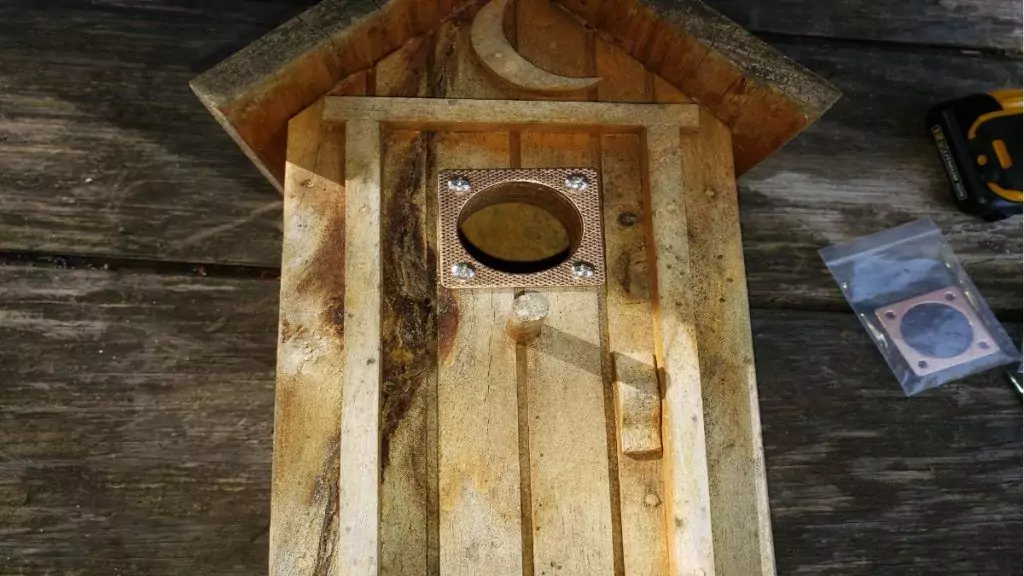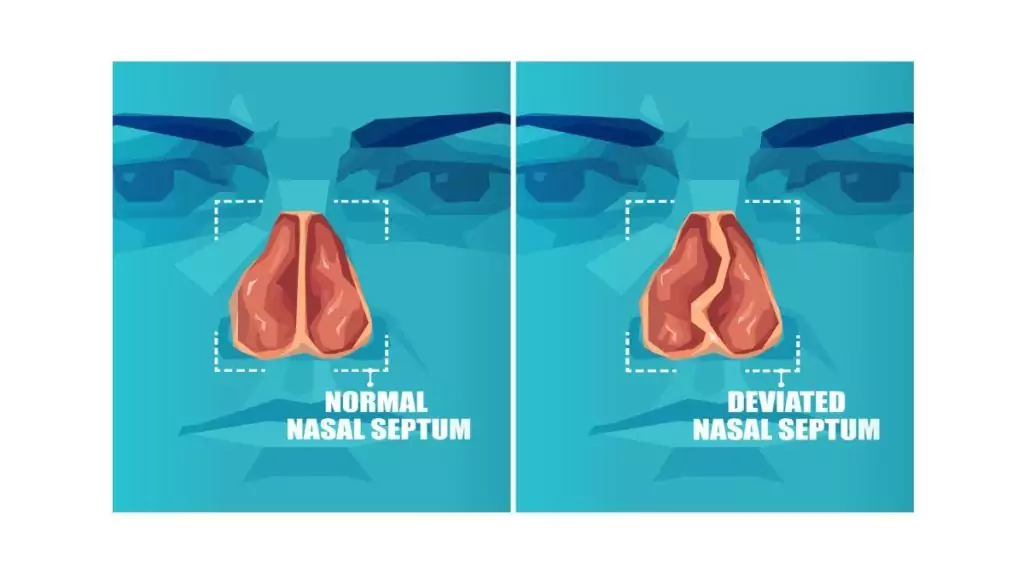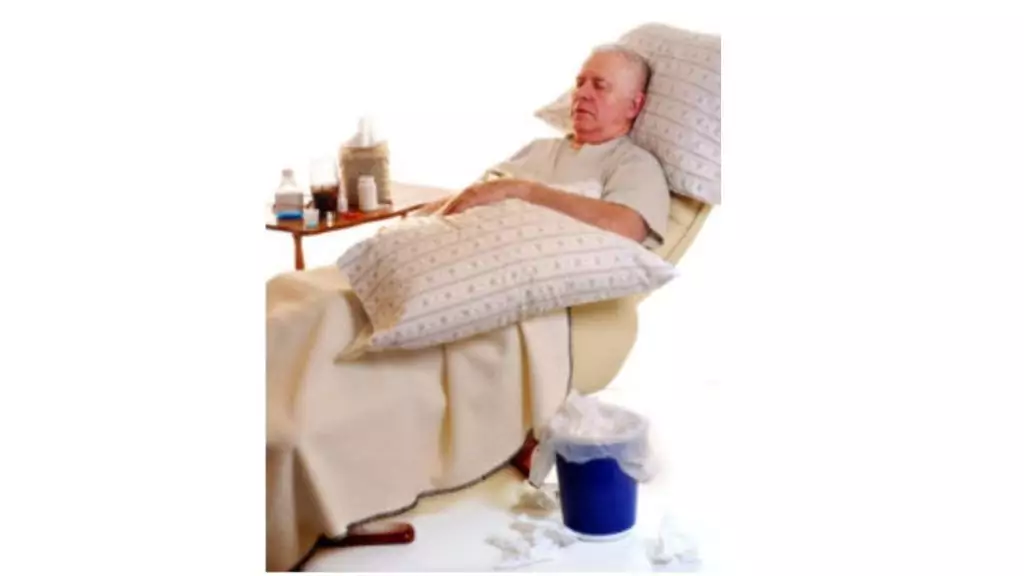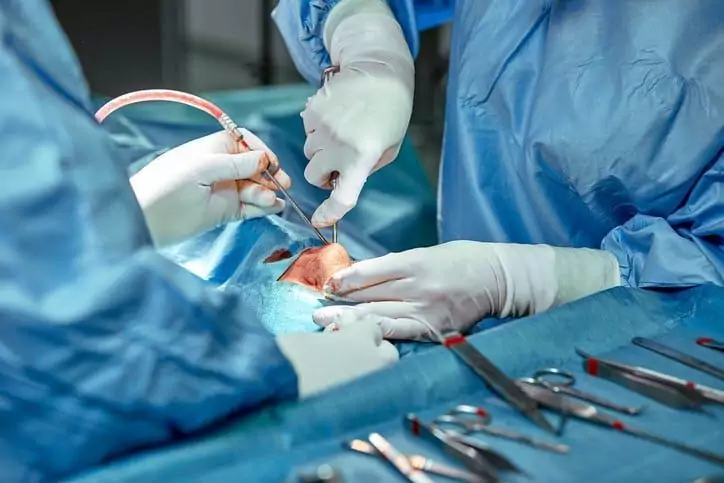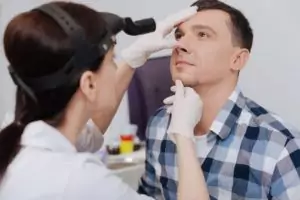
I want others who will have the surgery to understand what it entails. Hopefully these articles will make it easier and less mysterious to others who have to go through it.
Don’t miss the other 2 articles in the series. Part 2 – Septoplasty – Day of my Surgery and Part 3 – Recovering from Septoplasty Surgery. You can also check out my compilation article detailing my deviated septum before and after experience which includes a video!
For pretty much my whole adult life I have had breathing issues particularly out of one of my nostrils. I am currently 61 years old and recently consulted my primary care physician during my annual physical about this issue.
He did a quick examination of my nose during my annual physical and immediately concluded that I had a deviated septum, which is what I suspected.
I guess you could call me a mouth-breather since I usually breathe in and out of my mouth and not necessarily my nose. This can cause snoring issues at night and a stuffed-up condition, especially in one of my nostrils, at all times. I am a very active person who works out with weights, hikes, rides a bike during the good weather, and will take a walk anytime of the year.
I really wanted to be able to breathe easily and properly where I could breathe in and out of both nostrils and not just my mouth and one nostril. My primary care physician mentioned that he had had a septoplasty and turbinoplasty procedure (which usually are done at the same time) done a number of years ago. He also gave me the name of an ENT (Ear, Nose, and Throat) specialist (also known as an Otolaryngologist) that performed the procedure on him.
So, I jumped at the chance of going in for a consultation with Dr. Bartels of Manchester, NH to see if it made sense for me to also have this surgery. Before I do let’s get over with some definitions of these 2 procedures.
Septoplasty (Wikipedia) – a corrective surgical procedure done to straighten a deviated nasal septum – the nasal septum being the partition between the two nasal cavities. Ideally, the septum should run down the center of the nose. Put simply, septoplasty is a surgery that helps repair the passageways in the nose making it easier to breathe. This surgery is usually performed on patients with a deviated septum, recurrent rhinitis, or ossinus issues.
Turbinoplasty (docdoc.com) – Turbinoplasty, also known as a turbinectomy, is a surgical procedure that involves the removal of turbinate bones in the nasal passage. It is often performed to relieve the symptoms and side effects of nasal obstruction. There are various conditions of the nose—including allergies—that can cause the turbinate bone to swell. When these bones are inflamed, the patient can experience nasal congestion and difficulty breathing.
Please note that typically, if someone has a deviated septum, both the Septoplasty and the Turbinoplasty will be performed at the same time. If the patient doesn’t have a deviated septum but still needs relief due to turbinate bones in the nasal passage, then a Turbinoplasty may be the only procedure needed.
I needed to have both procedures performed on me at the same time. So, once you have been diagnosed and are considering scheduling the procedure(s) to be performed, you have to initially consult your insurance company. I put together a list of tips that will help you in preparing for Septoplasty surgery.
Tips for Preparing for Septoplasty Surgery
Keep a Folder
Being organized will help you in your preparation for surgery. You will be receiving a hardcopy packet from your doctor on what to expect before and after surgery. Also, there are stipulations you must follow before the surgery actually takes place.
I think it’s important to keep a folder with all of the information that you receive as well as any estimates that you get from your insurance company. Some people prefer to be digital but I always keep hard copies of any correspondence. This has helped me immensely.
Know your Costs
I happen to have a high deductible insurance plan which is very typical for most people in the workforce today. One reason I wanted to have my procedures done before the end of the year (December of 2019) was because I had already paid into my deductible throughout the year.
Most insurance companies will cover a Septoplasty and Turbinoplasty as they are medical procedures and not cosmetic procedures like a Rhinoplasty (nose job). So, the first thing I did was call my insurance company (mine is Cigna) and speak to a representative. I wanted to know the following information:
- Is my ENT specialist in-network?
- Is the facility the procedures will be done at in-network?
- Are the procedures Septoplasty and Turbinoplasty approved by my insurance company?
- What is my maximum out of pocket based on the deductible I have already paid?
- Call for an estimate for:
- The doctor’s fees.
- The Anesthesiologist’s fees.
- Facility fees including the procedure room and recovery room. These fees are by far the most!
There are different deductibles for in-network and out of network. Out of network deductibles are typically much higher than in-network deductibles. So, if at all possible, choose an in-network provider and an in-network facility in which to have the procedures performed.
Talk to your Boss about Recovery Time
There is definitely a recovery time associated with having these procedures. Some literature says a week, others say 2 weeks but I think it varies based on the patient. I had my procedures done on a Thursday morning in hopes that I would be able to start working again on the following Monday.
But, to be honest, I work from home full-time so I can still sit at my computer without having to interface with others or drive to work. Even then, I needed to take an additional day and started working remotely on Tuesday, not Monday. I still felt a little wiped out from lack of good sleep and the cold I was fighting.
My suggestion, since you have to wait at least a week to have the splints removed from your nose, that if you have a job you need to drive to, I would take at least a week off after the procedures are performed.
Do your Homework
-
- Watch YouTube videos. Here is my youTube video with before and after photos!
- Watch YouTube videos. Here is my youTube video with before and after photos!
These can be very informational and many times they will include video from the day of surgery and just getting out of the recovery room. I watched as many as I could and it’s really heart-warming to know that others are willing to share their experiences even though they may not look their best!
-
- Read blog articles about real-life experiences.
It doesn’t always have to be a YouTube video to learn from others. Sometimes an article that details all of the steps involved in the process might be more informational. That’s what I’m trying to do in these articles that I am writing.
-
- Go to authoritative websites such as an Your Practice Online.
Authoritarian websites may have videos on there that describe the process narrated by an ENT specialist. Who is going to give you the most accurate information if not a doctor who actually performs the surgery? Here is an example of such a video.
Follow the guidelines received from the doctor’s office prior to surgery.
-
- Get lab work done.
Your doctor will require that you get a lab workup done 2 weeks prior to surgery. Without these labs the doctor will not perform the surgery.
-
- Follow the medicine guidelines.
There are guidelines that you will receive from the doctor’s office that will detail a complete list of medications that you cannot take for at least 2 weeks prior to the surgery. They want you to avoid all medicines that thin your blood. The main one is aspirin as there will be a LOT of bleeding post surgery and the reason to eliminate aspiring 2 weeks prior is to minimize the bleeding during surgery and post surgery.
There was a long list of aspirin preparations to avoid using within 2 weeks of surgery. It was about 90 different medicines long. Some examples are Alka Seltzer Effervescent Pain Reliever, Anacin, Aspirin Delayed Release Tablets, Bayer Aspirin Caplets, Bufferin Extra Strength Tablets, Excedrin, etc.
-
- Non-Aspirin preparations to avoid using within 2 weeks of surgery.
There was a list of about another 30 medications to avoid that were non-aspirin-related like Advil, Alleve, Ibuprofen, etc.
- Stop all vitamins and supplements two weeks before surgery but probiotics may be continued.
As long as you prepare thoroughly and follow the guidelines presented to you by your doctor, everything should go well and post-operative recovery should go as well as can be anticipated. The guidelines from your doctor are important and should be adhered to thoroughly.
I hope this article was helpful to anyone who is preparing for Septoplasty surgery. I went through it and hopefully this helped you out! Please leave any comments below or use my Contact Me page.
Don’t miss the other 2 articles in the series below.
Part 2 – Septoplasty – Day of my Surgery
Part 3 – Recovering from Septoplasty Surgery
